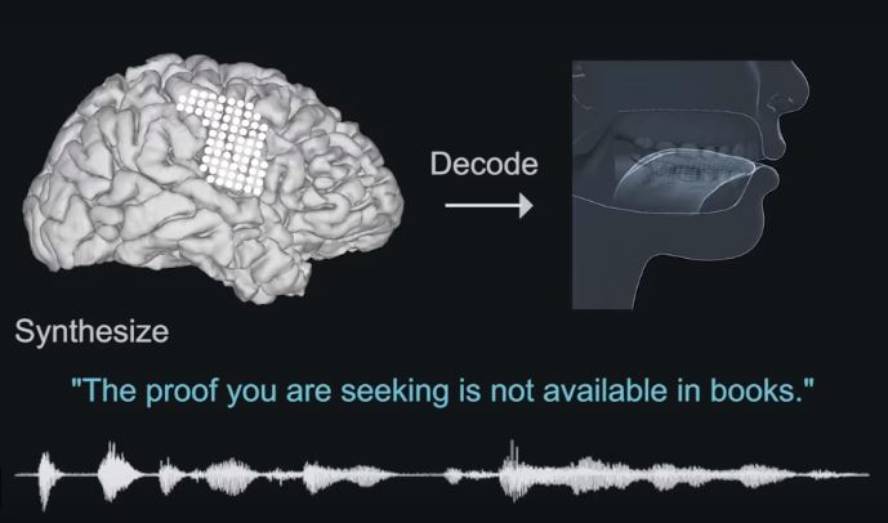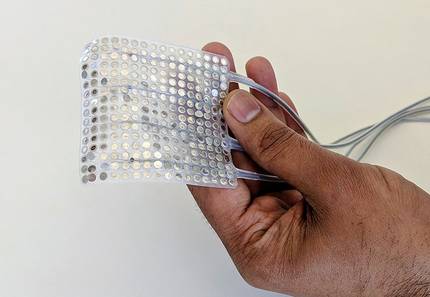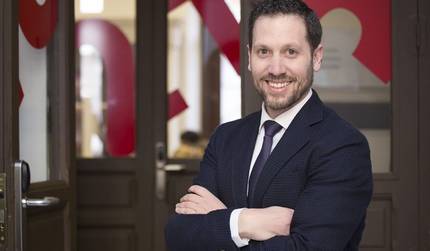Develop a tool that converts thought into voice
There are already several communication systems to help people who have lost the ability to speak from paralysis. The best known ones, like the one used by Stephen Hawking, are based on gestures or eye movements, whose result is not as good as expected. Now, researchers from the University of California (USCF) have obtained a similar result to natural speech, translating brain activity into conversational movements and converted into voice.
In fact, this second step of the process may be the most striking: they have created virtually the entire structure of speech, relating the brain signals that occur when talking to the movements of the vocal tract through artificial intelligence. Subsequently, through another algorithm, the movements of the tract have become voice through a synthesizer.
The sound produced with this system is similar to natural speech, both in speed and pronunciation. Here you can hear the examples, first by the mouth of a reader and then by the voice created by the tool.
The system has been developed thanks to five participants with electrodes in the brain to treat epilepsy. In principle they have no problems speaking, but their participation has been key to “training” the system. The next challenge is therefore to test with people with verbal disabilities.
Hopeful experts
In any case, experts have considered an important step. Jon Andoni Duñabeitia Landaburu is a researcher in cognitive language science and works at Nebrija University, where he has taken the news with hope: “I have not yet read the article published in Nature calmly, but it is remarkable the speed they have achieved compared to the work done previously in this field.”
According to Duñabeitia, neuroscientists have been trying to develop procedures for the reconstruction of visual and auditory elements. “Now, however, new algorithms have been discovered that relate the signals generated by the execution of language in the motor cortex to the voice itself, with which they have reached a surprising speed, achieving the same speed as the production of natural language.”
Even those who have lost the ability to speak for neurodegenerative diseases think of the words, believe that within a few years it will be possible for thoughts to turn directly into voice, as well as limb motion systems.
He has recognized that the system is very invasive at the moment. “This can be an enlargement problem. In fact, the same precision is not obtained by collecting signals with an implant electrode in the brain, or of course based on a neuro-figuration system.” However, he believes there are reasons to be optimistic: “I think the thought of words can be both a voice, and for some people it will at least be a breakthrough.”








